How to approach hardware selection in 2024 for Ansys CFD solvers (all budgets considered - from laptops to clusters!)


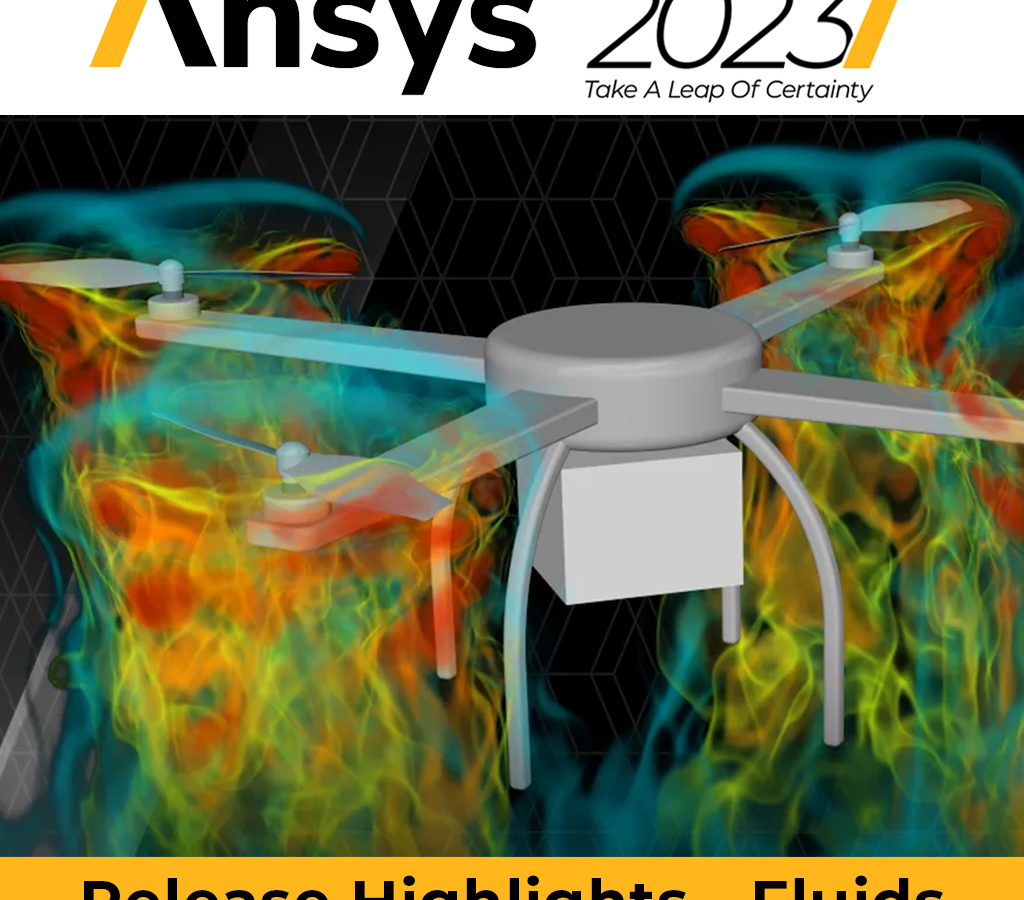
Recording from LEAP's recent series of Ansys 2023 R1 & R2 update seminars covering the latest updates in Ansys Fluids. Thes videos are from our Melbourne event, presented by Dr. Lewis Clark, LEAP's Fluids Technical Manager.
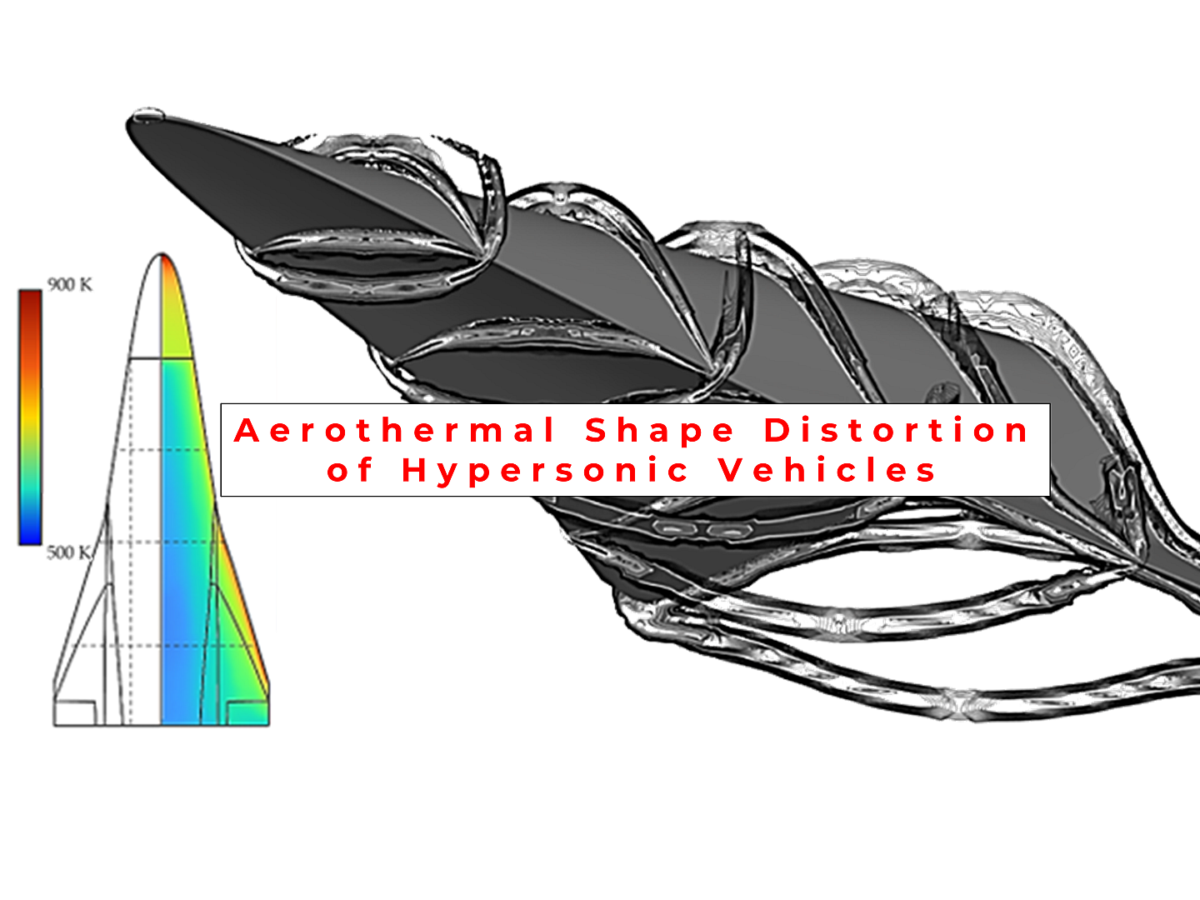
How can designers of hypersonic aircraft overcome the ‘heat barrier’ using simulation to better understand aerothermal shape distortion (aka aerothermoelasticity, or fluid-structural-thermal interaction - FTSI)? This guest blog by ADFA explains how multiphysics simulation helps designers of hypersonic vehicles account for aerothermal shape distortion (which can compromise a hypersonic vehicle’s aerodynamic performance) through to the risk of catastrophic material failures, using tools that can simulate both the aerodynamics as well as the thermal and structural response.
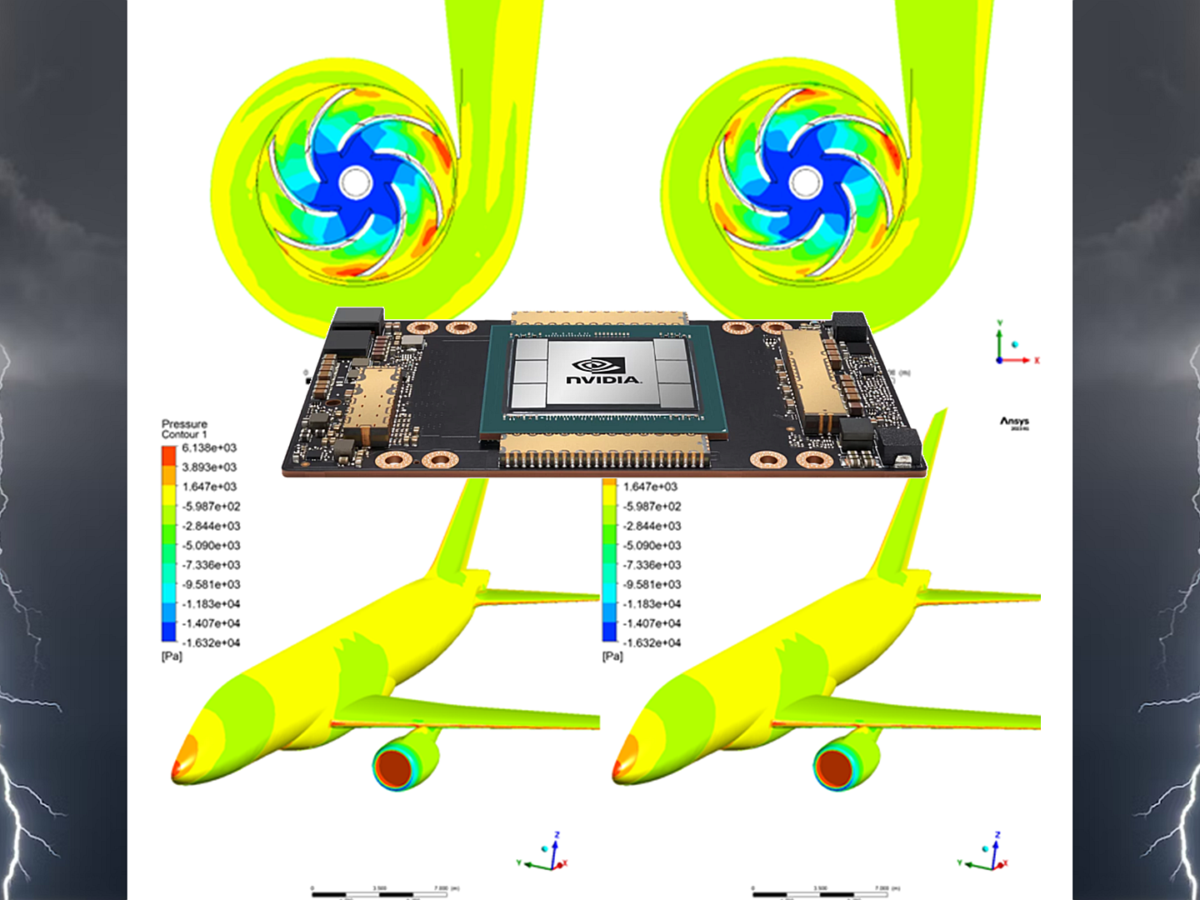
Here we benchmark Fluent's new fully-native GPU (Graphics Processing Unit) solver, available since the 2023R1 release, which has delivered impressive numbers on our tests that include both high-end (A100 GPU - over five times faster than a baseline using 80 CPU cores) and standard 8GB GPUs that are probably similar to one you're already using (still delivering a 3x3x speedup over an 8 core Intel Xeon W-11955M CPU).
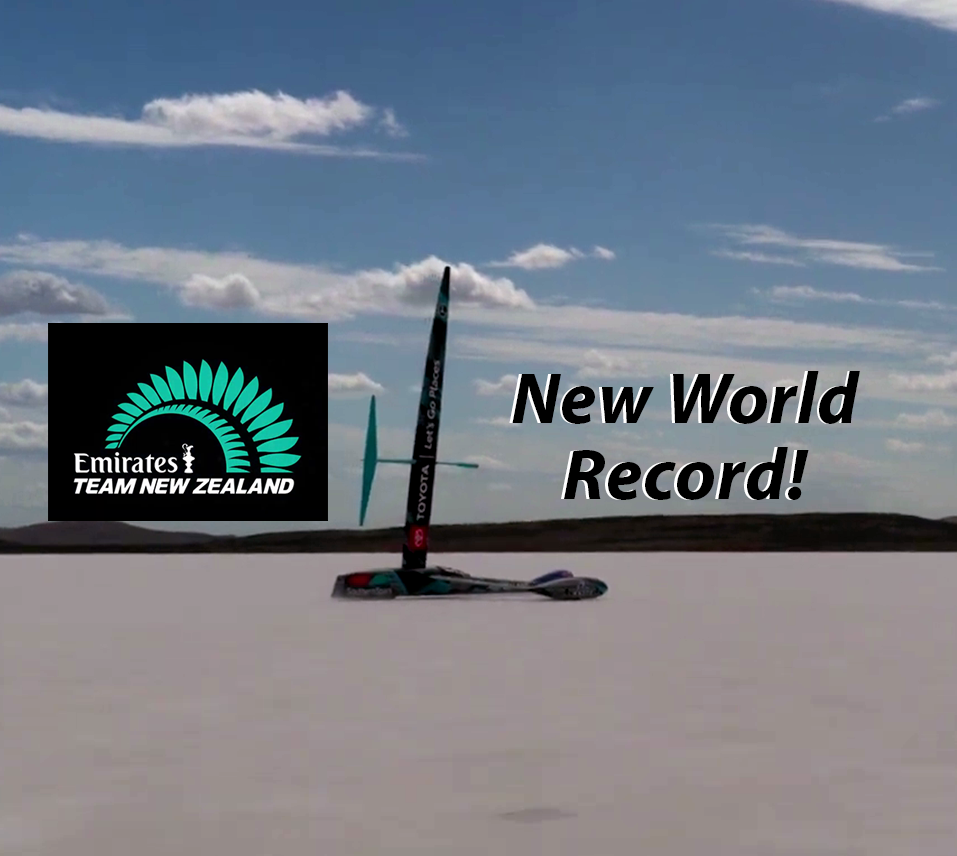
The engineering behind the scenes of Horonuku – the successful attempt by ETNZ to break the wind-powered land speed record, drawing upon experience from engineers across ETNZ whose careers have focused on the complex physics of aerodynamics, dynamics, structural mechanics and composite materials.
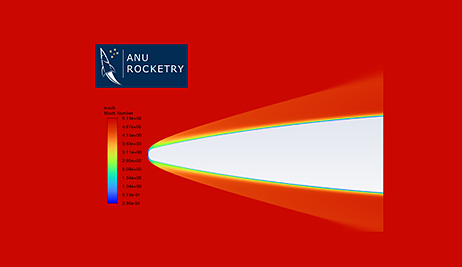
Founded in 2018 to participate in the Australian Universities Rocket Competition (AURC), students from the Australian National University’s (ANU) Rocketry team are striving to develop a rocket capable of passing the boundary of outer space and being safely recovered by parachute upon re-entry. This lofty goal has led the team to move away from commercially available solid-fuel propelled rockets to develop their own in-house designed bipropellant liquid-fuel engine, with the help of Ansys aerothermal analysis to predict the heat flux at the space rocket’s leading edges during its hypersonic ascent phase.
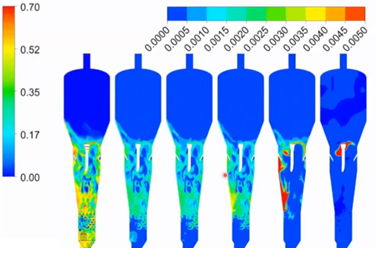
Multiphase flows form the basis of many important processes in the mineral processing, metal production, energy and chemical process industries. This guest blog from CSIRO describes how CFD modelling can be used to better understand these industrial processes, improve performance and develop new novel processes. Examples given include gas-liquid, gas-solid and gas-liquid-solid flows.

Highlights from a recent webinar by LEAP’s expert simulation team covering the most significant updates in Ansys for educators and academic researchers in ANZ - with a focus on Fluids, Structures and Electromagnetics across the last 2-3 years.

Guest Blog highlighting the use of CFD on a real-world burner optimisation project that allowed FCT’s client to increase their use of alternative fuels while solving an issue of costly shutdowns due to kiln build-up. CFD also enabled implementation of a new burner design that improves clinker quality and production.

This blog provides highlights from Conflux’s presentation on their CFD heat exchange calculations at the 2021 Australasian Ansys Fluids user group. Learn how a mix of design engineers, simulation experts and additive manufacturing specialists are creating cutting-edge heat transfer solutions with the aim of revolutionising the heat exchange technologies used across many industries.